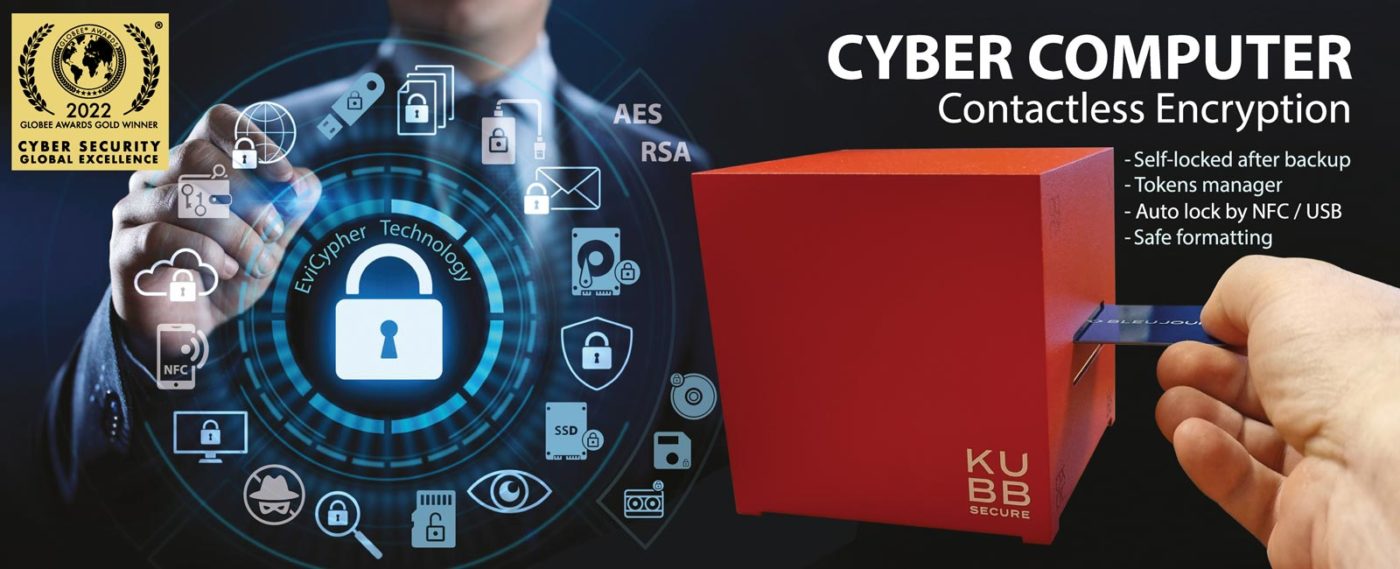PassCypher NFC HSM and PassCypher Pro NFC HSM: Secure and Convenient Password Management Introduction PassCypher offers a range of contactless hardware password managers known as PassCypher NFC HSM and PassCypher Pro NFC HSM. These products are protected by three invention patents and incorporate EviPass, EviOTP, and EviCore NFC HSM technologies, along with Freemindtronic’s NFC HSM […]
Stay informed!
Join our community of technology enthusiasts! Subscribe to our newsletter and receive exclusive updates on the latest news, special offers, and tips from Freemindtronic. Stay informed on the latest technology trends, discover new products, and be among the first to take advantage of them. Sign up now by entering your email address below. Don't miss any updates from Freemindtronic!














